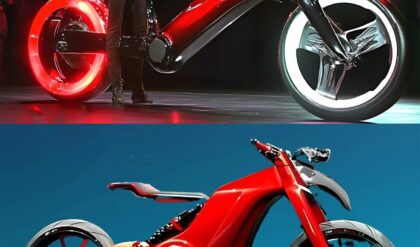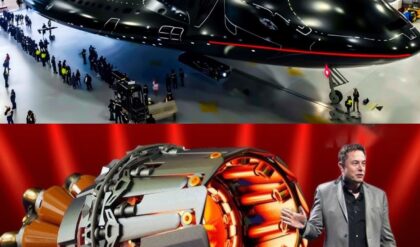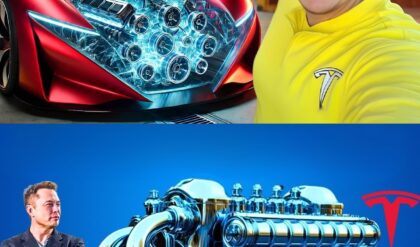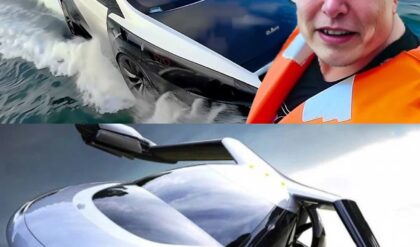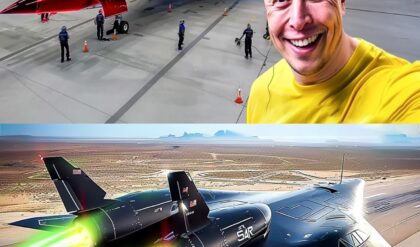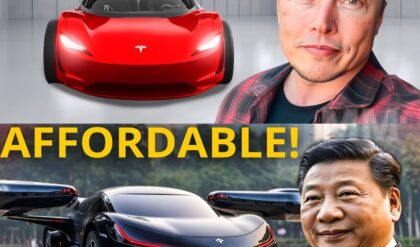The famous symbol of groundbreaking innovation, Musk is once again attempting to reach new heights – literally. This time, Musk has set his sights on aviation with an ambitious concept: the super-high-powered electric vertical takeoff and landing (VTOL) aircraft .
Why an electric VTOL board?

According to Musk, this is not a whimsical dream, but a calculated conclusion that takes advantage of the great advantages of electric propulsion. Traditional combustion systems lose efficiency at higher altitudes due to air, but electric propulsion thrives in these conditions and becomes more efficient as altitude increases.
This vision is not limited to talking about technological brilliance, but about how to solve one of the most pressing problems in the aviation industry: environmental sustainability .
The problem of aviation today
Despite its critical role in global connectivity, aviation remains a significant contributor to greenhouse gas emissions:
2.1% of all human-caused CO2 emissions come from aviation.
Aircraft account for approximately 12% of CO2 emissions from all transport sources.
In 2019, before the pandemic disrupted air travel, the aviation industry supported 88 million jobs and carried 4.5 billion passengers in total. However, this massive scale also had a substantial environmental impact.
While industries like the automotive industry are transitioning to cleaner energy, the skies are still dominated by fuel-guzzling aircraft. Musk sees this as an opportunity to innovate, not just for the sake of progress, but for the future of the planet.
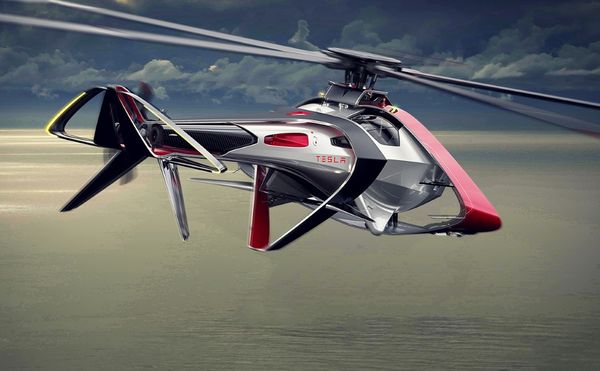
Musk’s electric VTOL concept
Musk has previously hinted at the idea of a super-powered electric VTOL aircraft , sparking excitement in the tech and aviation communities. But how does he plan to power this futuristic machine?
Electric propulsion – Unlike traditional jet aircraft, electric propulsion offers greater efficiency at high altitudes, where thicker air benefits the performance of electric motors.
Solar integration – Musk evolved highly efficient photovoltaic materials that could capture sunlight and convert it into electricity during flight, maximizing the aircraft’s energy efficiency.
Sustainability – These innovations aim to reduce the aviation industry’s dependence on fossil fuels, cutting emissions and contributing to a greener planet.
Challenges to overcome
It’s not easy to get into the aviation industry. Musk’s vision must be clear:
Regulations and standards : Introducing new technologies into aviation involves rigorous testing and compliance with international safety standards.
Infrastructure needs : Developing infrastructure to support electric VTOL operations, including charging stations and maintenance facilities, will be critical.
Public perception : Building trust in the safety and reliability of electric aircraft is key to their widespread adoption.
A bright and Greek future

From revolutionary space travel to the transformative use of electric power in homes, Musk has consistently been at the forefront of innovation. His vision of electric aviation could change the way we travel, reducing carbon costs and opening up new possibilities for air and short-distance transportation.
Imagine a future where airplanes not only take off vertically and soar through the skies at superspeeds, but are also powered by clean, sustainable energy. It’s not just about moving faster, but moving smarter and more respectfully.
The skies have never looked brighter, or greener. With Musk at the helm, the era of sustainable aviation could be closer than we think.
Stay informed as we prepare to explore the exciting frontiers of technology and innovation. The journey has just begun!
